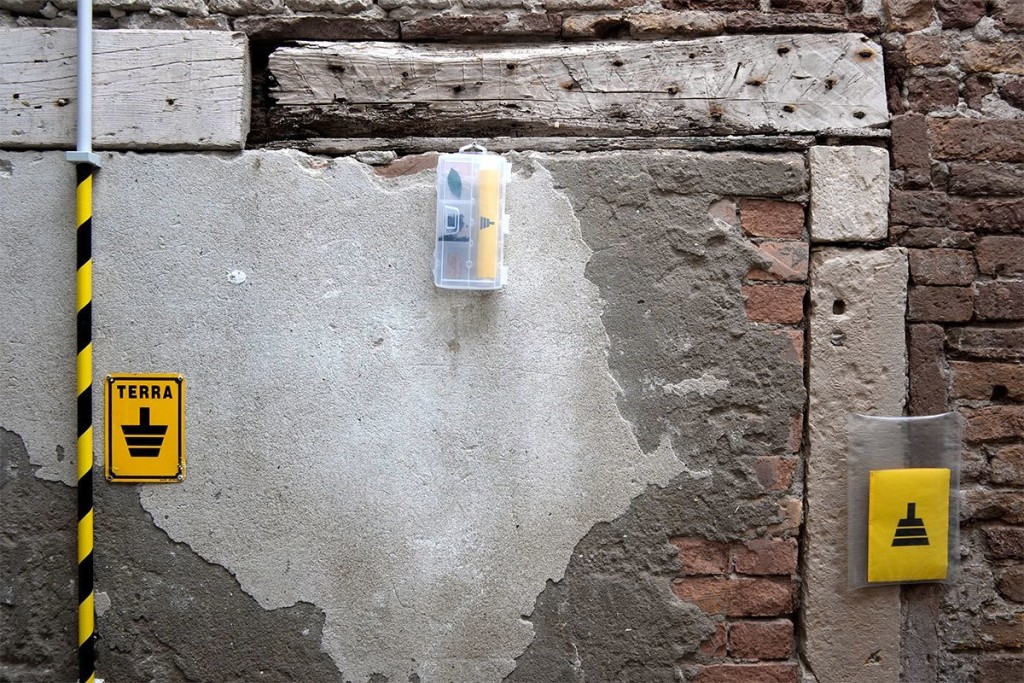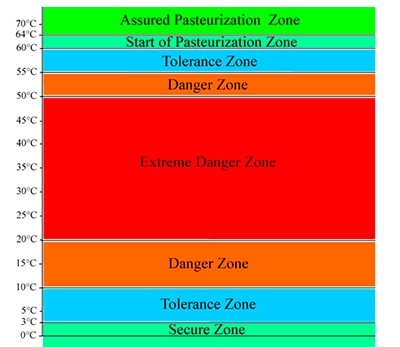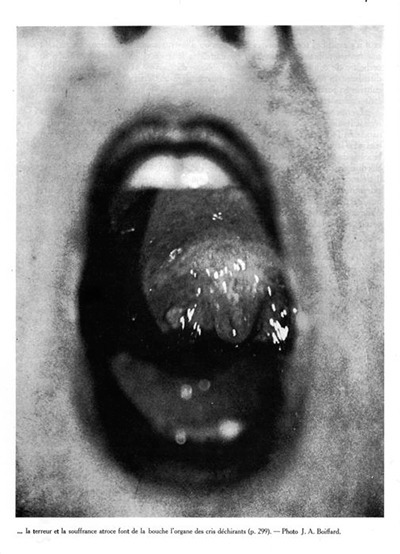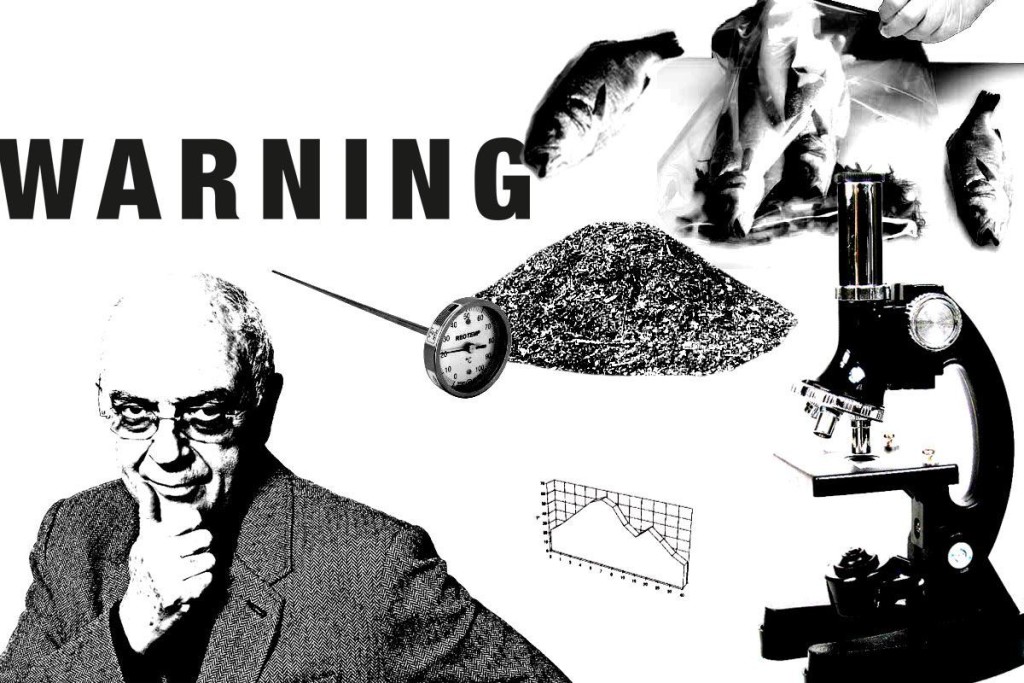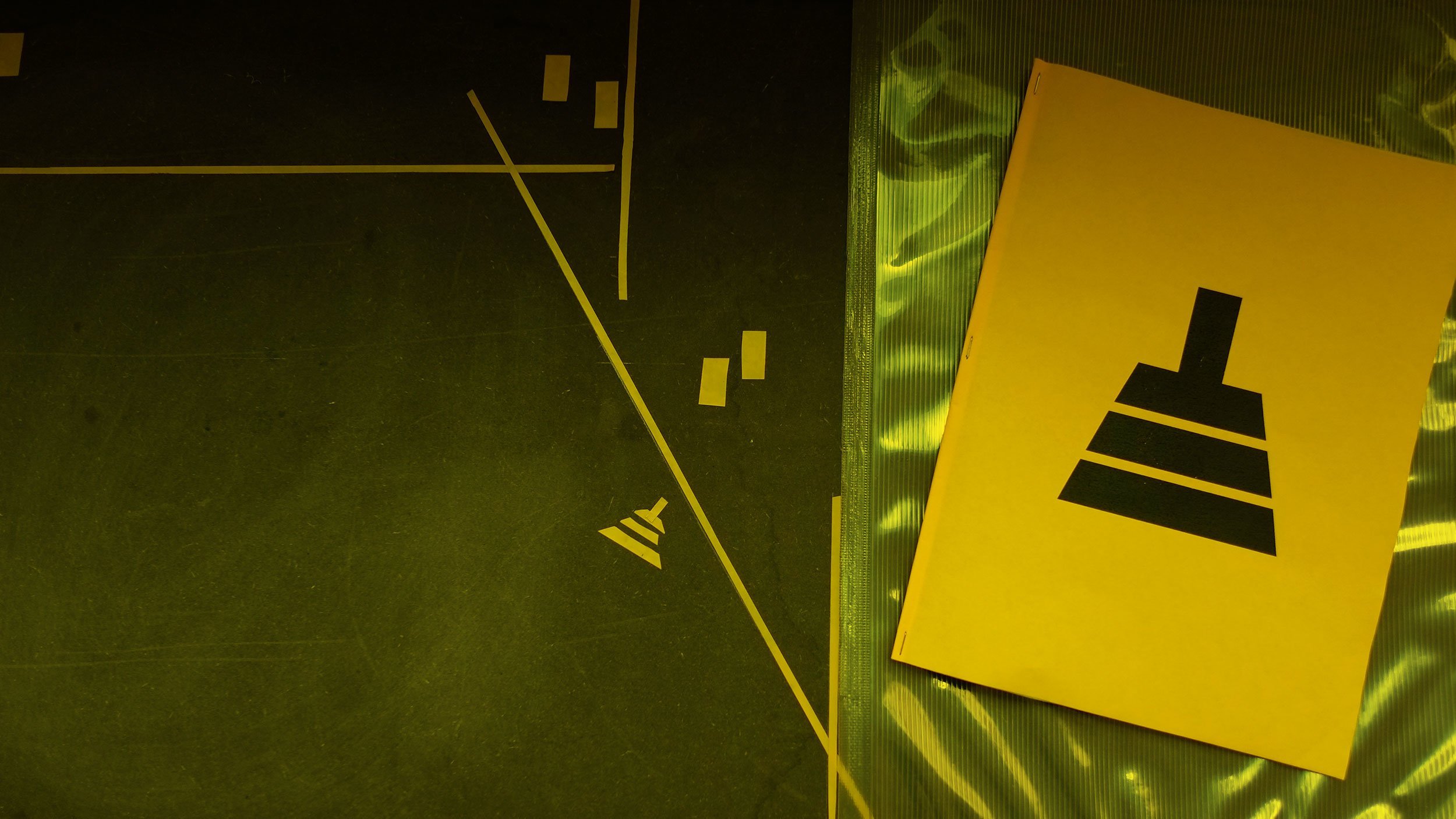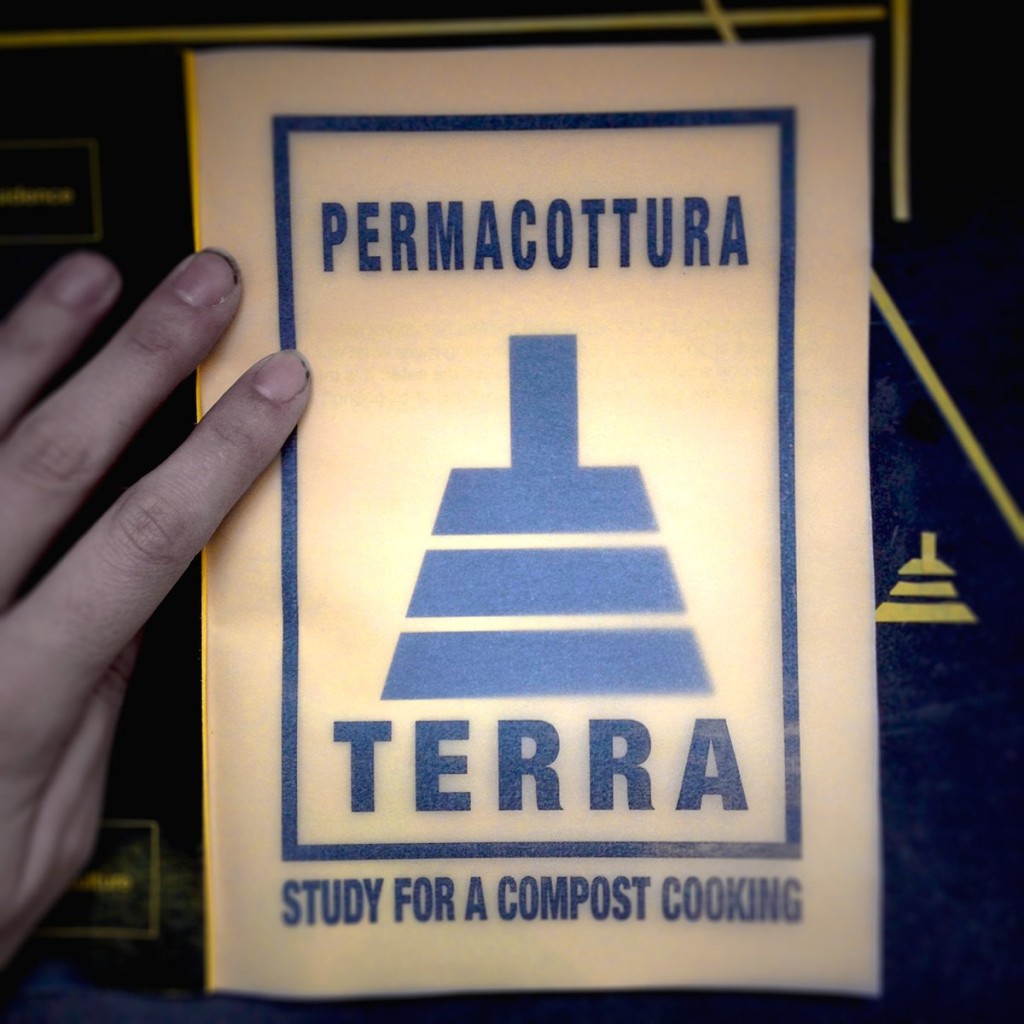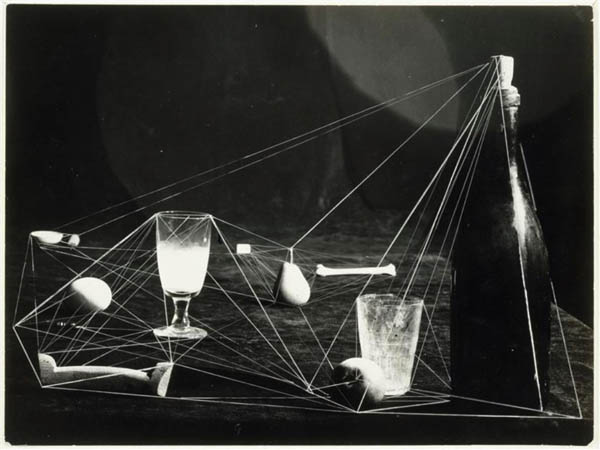Permacottura. Ground. Study for a cooking compost is a mental experiment that try to investigate the risk involved moving the border between Cultur and Natur in food matters. But what does it mean? Do you know what the compost is? Have you ever put a hand inside a whole bunch of that stuff? And if you could mix the techniques and technology of vacuum cooking with the natural thermal energy that develops into a compost sheaf?
The installation involves placing four identical kits in line with the four grounding connections in the courtyard outside of the gallery. The kits are marked with a grounding connection symbol and emphasized by the yellow and black tape that covers the plastic tube.
The compost bin containing active compost is on the right side of the courtyard. Inside the gallery, on the door-sill of the glass door that leads to the courtyard, is a consultation station with a map of the kits, a fanzine and an open kit.
During this residency on site-specific and relational artwork, we researched the concept of margins. Through an awareness of the community garden and our acquaintance with Michele, who practices permaculture, we identified a privileged dimension for our investigation.
Permacottura is the result of a need to experiment with trying to cook food using the sous-vide (under vacuum) method with the energy/heat that develops from a sheaf of compost – a method we had already used in other projects using a more traditional approach.
This places the naturalness of compost in juxtaposition to the sous-vide method, a professional cooking method today part of a trendy and sophisticated culinary scene. The work is defined as experimental research given that, following a first theoretical analysis, we realized there could be a factor of risk for the food.
This risk became an integral part of the investigation: it marks the margin, the boundary between raw and cooked – a reduced, liminal space that contains an immense dimension of value in the nature-culture duality. Ingesting food is more often a mechanical action. Rooted behavioral patterns drive our choices day by day in terms of what we eat and how we prepare our food, and the kind of heat used to cook it and transform it.
This experiment aims to demonstrate that food risk is still present and changing. If we abandon our mechanical actions and reappropriate our horizontal animal nature, we can return to an unexplored world where ancient knowledge has been forgotten.
This installation should be considered as the preliminary workings of a broader and more articulate work of art. Future microbiological analysis of the sous-compost mix will provide new directions for the project, with its ensuing implications and the formal realization of ideas into artwork.
